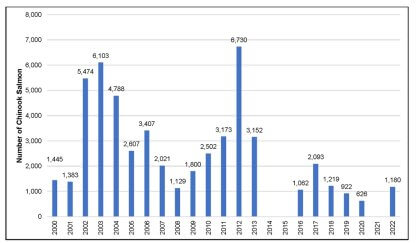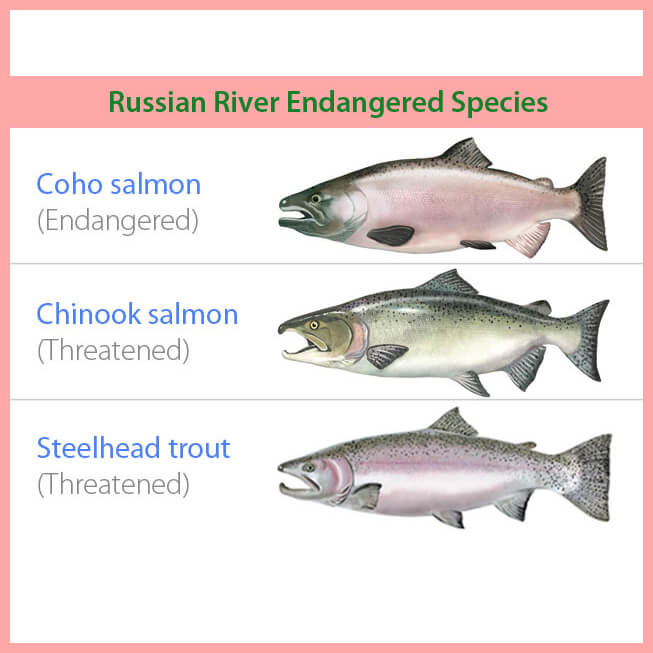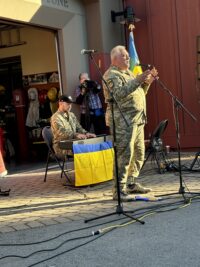The health of the Russian River, Sonoma Valley’s primary source of drinking water, is critically important. One indicator of health is the status of Chinook Salmon, which used to migrate to spawn in uncountable numbers.
Sonoma Water, the county agency that manages water extraction and delivery from the Russian River to cities and counties, monitors the number of Chinook Salmon and generates yearly reports. The following information is drawn from Sonoma Water’s website.

This chart shows a steady decline in the number of offspring returning to the Russian River each year, from 2000-2023
Sonoma Water has initiated the process of collecting and reviewing video footage for the upcoming 2023-2024 adult salmonid season.
Per the Biological Opinion and State Water Resources Control Board Order, the video counting system operates continuously within the fish ladder, as water flow conditions permit. Sonoma Water biologists and a team of technicians review the time-lapse images seven days a week and visit the site daily to clean and maintain the cameras.
The Chinook salmon currently returning to the Russian River are the offspring of wild parents that naturally spawned either in the upper 75 miles of the mainstem or in Dry Creek. It’s important to note that there is no hatchery production of Chinook salmon in the Russian River, in contrast to the Russian River steelhead and coho populations, which consist of a mixture of hatchery-raised and wild individuals. These Chinook salmon, returning to the Russian River to begin their spawning process, typically range in age from two to four years. The spawning season usually commences in November and continues through January. After the eggs are deposited in the gravel, they undergo approximately two months of incubation before the fry emerge and embark on their downstream migration.
Results from Sonoma Water’s trapping and marking studies have consistently revealed that the majority of juvenile Chinook salmon enter the Pacific Ocean by July of their inaugural year of life. This research provides valuable insights into the early stages of the salmonid lifecycle in the Russian River.








Thank you
What will happen when the agencies force the closure of Potter valley hydro and all the extra water that iia made available that helps the fish and the farmers?